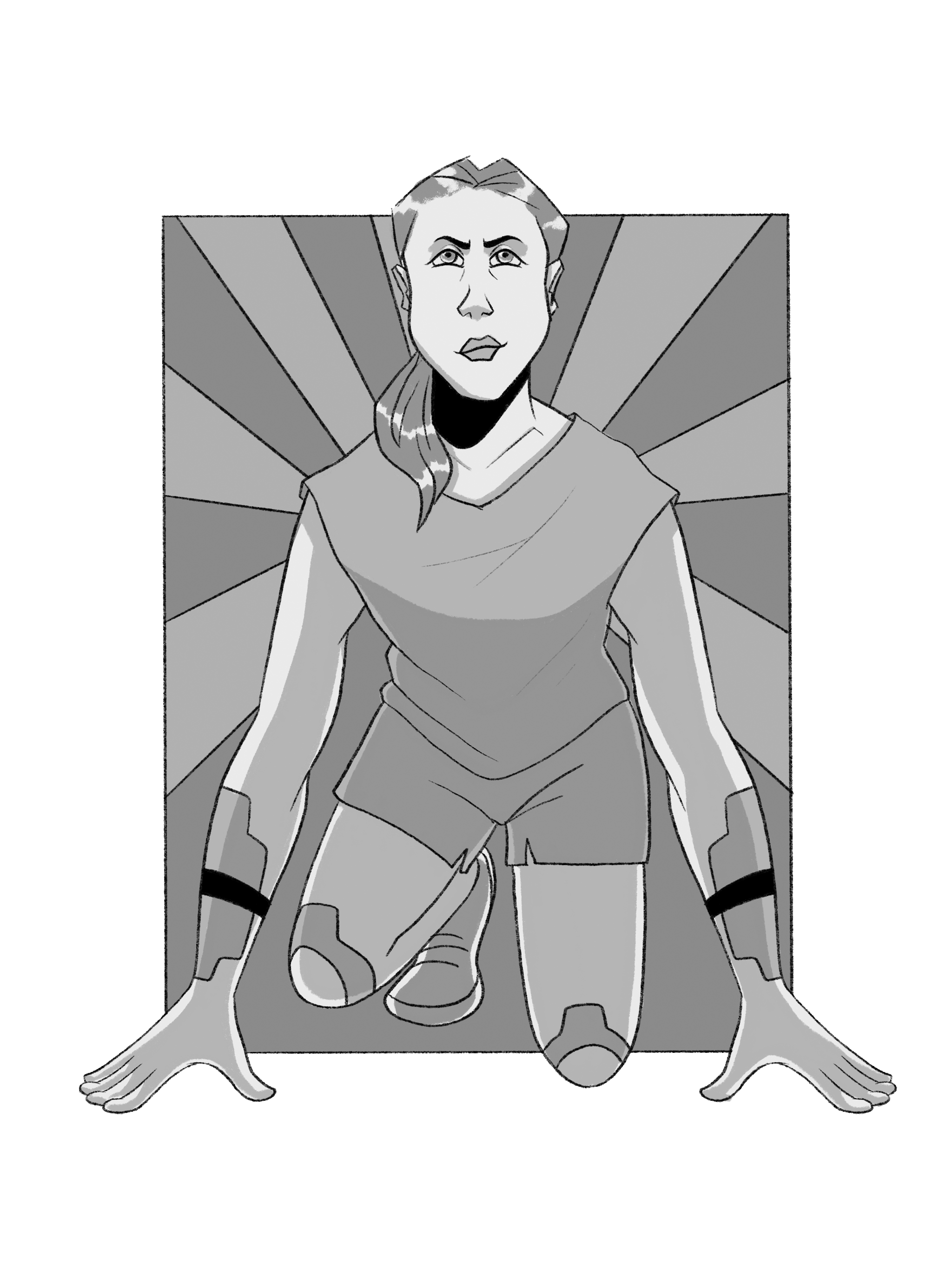
When it comes to sports, nothing is worse than an injury. Shoulder tears, sprained backs and shin splints can all hinder an athlete for weeks, months or even a whole season. Among the many methods of dealing with injuries, a new treatment has made its way into the scene that claims to be the best: kinesiology tape.
The invention of kinesiology tape is credited to Dr. Kenzo Kase, a Japanese chiropractor who created the tape in the late 1970s as a replacement for the stiff athletic tape that kept his patients’ joints in the correct position. During its early stages, kinesiology tape was popular in Japan’s clinical rehabilitation settings and was introduced to the U.S. in 1995 and Europe in 1998.
It wasn’t until the London 2012 Olympics that the tape got global attention, during which many athletes were sporting the tape. Since then, kinesiology tape has become even more popular among athletes.
According to KT Tape, a kinesiology tape brand, the tape works by lifting the skin, which optimizes the flow of lymphatic fluids to transport white blood cells and helps remove waste products, cellular debris and bacteria. The tape also helps with overall body awareness to heal and eventually prevent injury.
“[KT Tape] helps with proprioception so you can feel the way you are moving,” said athletic trainer Dan Walker. “If you are not moving correctly, your body will notice that.”
Despite its popularity among athletes, KT Tape has been the object of scrutiny in clinical studies showing no benefit in long-term taping. In a 2008 scientific paper published in the Journal of Orthopaedic and Sports Physical Therapy, it was concluded that these tapes are ineffective at lessening the pain in rotator-cuff impingement in the long run.

McKenzie King / Aragon Outlook
“When applied to a young, active patient population with a clinical diagnosis of rotator cuff tendonitis/impingement, KT may assist clinicians to obtain immediate improvement in pain-free shoulder abduction [range of motion],” the paper said. “However, over time, KT appears to be no more efficacious than sham taping at decreasing shoulder pain intensity or disability.”
Despite this, athletes find results in healing their injuries with KT Tape.
“I first used [KT Tape] for my shoulder back when I was a freshman,” said junior volleyball player Sabine Milton. “I noticed that when I played with it I didn’t have as much discomfort or pain.”
During the 2019 preseason, Milton suffered a back injury and used KT Tape for pain reduction and healing.
“I’m using [KT Tape] because during the preseason, I had a lower-back injury, so I put two pieces of tape on either side of my spine, and now I play with it every game,” Milton said.
Senior cross country runner Justin Wong has also used KT Tape to help with his injuries.
“I used [KT Tape] in the past for physical therapy. It was recommended to me by one of my physical therapists,” Wong said. “I stopped using [KT Tape] because my injury got better.”
The tape’s effectiveness has also been attributed to a phenomenon known as the Gate Control Theory of Pain, where a non-painful stimulus causes the body to send fewer pain messages to the brain.
In a publication by Phil Page in the First Aider magazine, it was found that KT Tape doesn’t work the way it is advertised.
“Kinesiology tape is thought to ‘lift the skin’ by creating convolutions, which is thought to relieve pain and improve circulation,” Page said. “While tape relieves pain, it’s probably related to the Gate Control Theory of Pain due to afferent input into the skin. Kinesiology tape convolutions do not lift the skin or increase circulation. In addition, convolutions do not improve outcomes.”
Regardless of how KT Tape works, it offers athletes a way to recover from their injuries and continue their training and competition.






